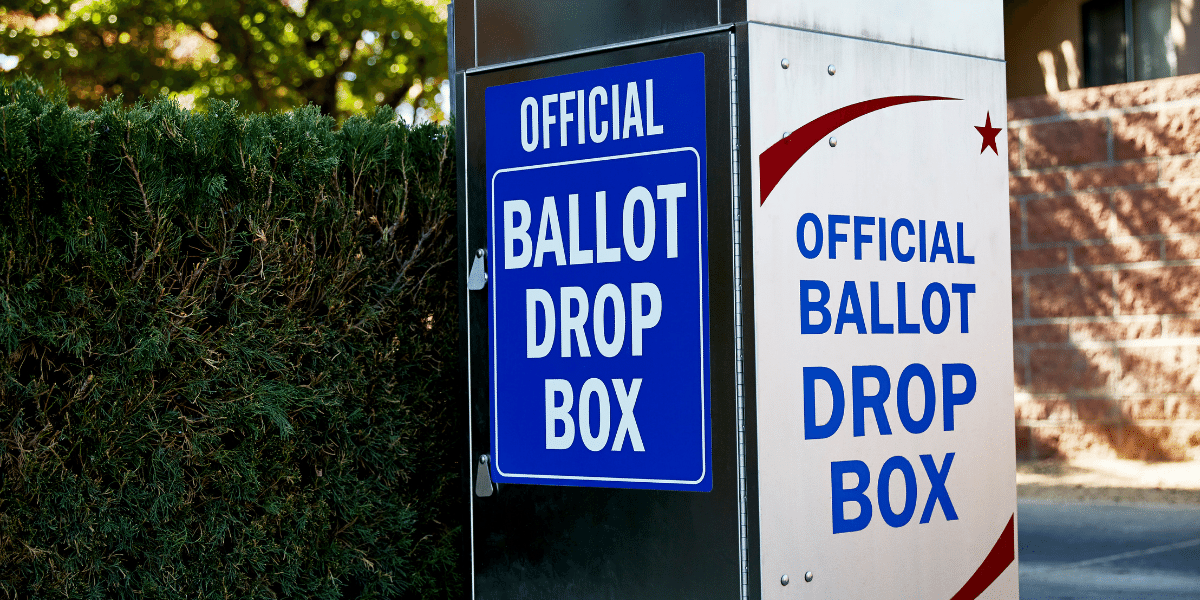Fifty wind turbines could be coming to southern Sanilac County, and residents have mixed feelings about the potential drastic change to the landscape.
Riverbend Wind Energy, LLC, also known as Liberty Power and Algonquin Power and Utilities Corporation, of Canada, is in the process of acquiring land for 50 wind turbines in Buel, Elk, Fremont, and Speaker Townships.
Some residents who will be living near the turbines have formed a grassroots effort to impose a moratorium on moving forward with the project. They are considering legal action, citing concerns about conflict of interest with local government zoning boards and about the effect on the quiet, peaceful country landscape in which they live. Turbines could be as high as 700 feet, and are lit up at night.
According to Fremont Township Supervisor Jeff Furness, who owns property where turbines could be placed, the project could have “good economic value to the townships, schools, and county”. Furness said there have been test towers up for the past twelve months, but he did not yet know the results of the study.
Furness said that at this point the project is moving forward.
Furness said that wind zoning has been in place since 2016 when Nexterra, an energy company, was showing interest in the area for wind energy. There are currently power transmission lines owned by ITC that can handle the power generated by the wind turbines, according to Furness.
Residents of Speaker and Fremont Townships have voiced strong concerns about the effects on their property values, along with health and safety concerns for humans, livestock, and wildlife, and the safety of the turbines near their property.
Those opposed to the Riverbend Wind Energy project have also cited concerns regarding conflict of interest among the planning commissions that would permit construction of the supersized windmills. Many of those decision-makers stand to profit from allowing the turbines on their property.
When asked about the potential for conflict of interest, Furness pointed out that due process has been followed all along and it has been proven that there is no conflict of interest. He said that “everything that was supposed to have happened, has happened.”
Furness said that when there is a direct conflict of interest, such as voting on one’s own parcel, that Planning Commission member abstains from the vote. The Planning Commission voting is done on a parcel-by-parcel basis.
Liberty/Algonquin has a target date for starting the construction of the turbines in 2023 and is targeting generating electricity in 2024.
To see the map of the location of the proposed Riverbend Wind Energy project, go to https://riverbendwind.com/?page_id=36.
Reporting for WGRT – Jennie McClelland






